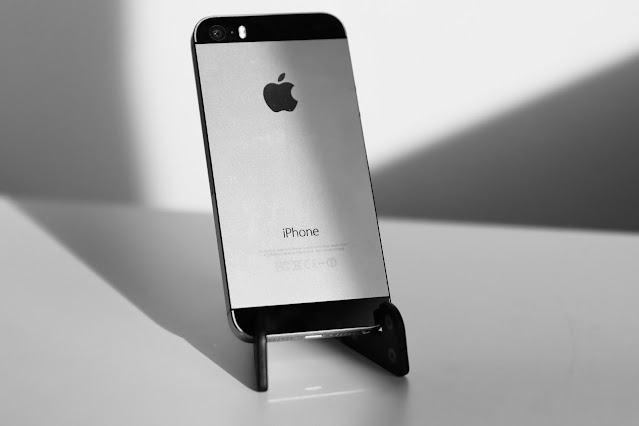iPhone 5, released in September 2012, marked a significant milestone in Apple's smartphone evolution. As the sixth generation of the iPhone, it introduced several groundbreaking features and design changes that set it apart from its predecessors and competitors.
Design and Build
iPhone 5 featured a sleek, aluminum-based body that was thinner and lighter than previous models. It measured 123.8 x 58.6 x 7.6 mm and weighed just 112 grams. The design was both stylish and functional, offering a premium feel with its polished edges and glass inlays【8†source】【10†source】.
Display
One of the major upgrades was the 4-inch Retina display with a resolution of 1136 x 640 pixels, providing a pixel density of 326 ppi. The aspect ratio of nearly 16:9 made it ideal for watching videos and playing games【7†source】【9†source】. The display was protected by Gorilla Glass, ensuring durability and scratch resistance.
Performance
Under the hood, the iPhone 5 was powered by the Apple A6 chip, a dual-core 1.3 GHz processor with 1GB of RAM. This combination offered a significant performance boost over its predecessor, the iPhone 4S. The PowerVR SGX543MP3 GPU handled graphic-intensive tasks with ease, making the device capable of running demanding apps and games【8†source】【9†source】.
Camera
The iPhone 5 came equipped with an 8-megapixel rear camera, capable of capturing high-quality images with a resolution of 3264 x 2448 pixels. It featured an f/2.4 aperture, a 33mm lens, and a BSI sensor, enhancing low-light performance. The camera could record 1080p videos at 30 fps and included features like HDR, face detection, and digital image stabilization. The front-facing camera was a 1.2-megapixel shooter, supporting 720p HD video recording【9†source】【10†source】.
Battery Life
The iPhone 5 featured a non-removable 1440 mAh Li-Po battery. Despite its small capacity by today's standards, it provided decent battery life, with up to 8 hours of talk time on 3G, 8 hours of internet use on LTE, and 10 hours on Wi-Fi【7†source】【9†source】.
Connectivity and Ports
The iPhone 5 introduced the Lightning connector, replacing the older 30-pin dock connector. This change improved data transfer speeds and made the device more compact. It supported LTE networks, offering faster mobile internet speeds, and included Bluetooth 4.0, dual-band Wi-Fi, and A-GPS with GLONASS【8†source】【9†source】.
Software and Updates
Originally shipped with iOS 6, the iPhone 5 received updates up to iOS 10, ensuring it remained functional and secure for several years. The user interface was smooth, intuitive, and featured Apple's suite of apps like Siri, Safari, and iCloud【8†source】【9†source】.
Reception and Legacy
Upon release, the iPhone 5 was met with high demand, with over two million pre-orders within 24 hours. It was praised for its design, performance, and improved display. However, it also faced some criticism for issues like the coating being prone to chipping and the introduction of a new dock connector that rendered previous accessories incompatible【8†source】.
Conclusion
The iPhone 5 played a pivotal role in shaping the future of smartphones, setting new standards for design and performance. Its influence is still seen in modern iPhones, making it a landmark device in Apple's history【8†source】【9†source】.


